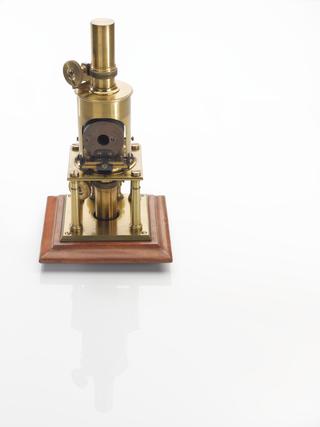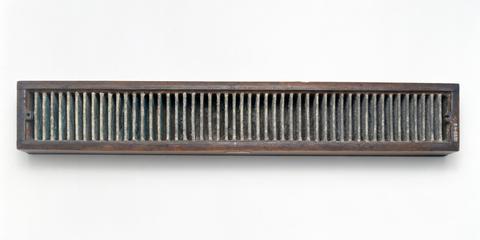
Mirror galvanometer for the transatlantic telegraph, 1858


















Mirror galvanometer invented by Lord Kelvin and used at the Newfoundland end of the 1858 transatlantic cable, made by James White, Glasgow, Scotland, 1858.
Sir William Thomson, Lord Kelvin, (1824-1907) was Professor of Natural Philosophy at Glasgow University, and was well known for his work in many branches of physics, including electricity. The first transatlantic telegraph cable was layed in 1858, reducing the time it took for messages to cross from days or months to hours. The success of the system relied on an instrument that could detect the tiny electrical signals that had passed so far under the sea. Thomson's galvanometer was the only instrument sensitive enough to detect reliably the first transatlantic telegraph messages. This mirror galvanometer was used at the Newfoundland end of the cable. A galvanometer is an instrument for detecting small electric currents. A small magnet is mounted at the back of a smaller circular mirror, suspended within a magnetising coil. When a current passes through the coil, the magnet is deflected, causing the mirror to move and a beam of light reflected from it to move along a scale.
Details
- Category:
- Electricity and Magnetism
- Object Number:
- 1876-68
- Materials:
- brass (copper, zinc alloy), wood (unidentified), copper (alloy), wax, leather and not recorded
- type:
- galvanometer
- credit:
- Donated by Sir William Thomson (Lord Kelvin)




